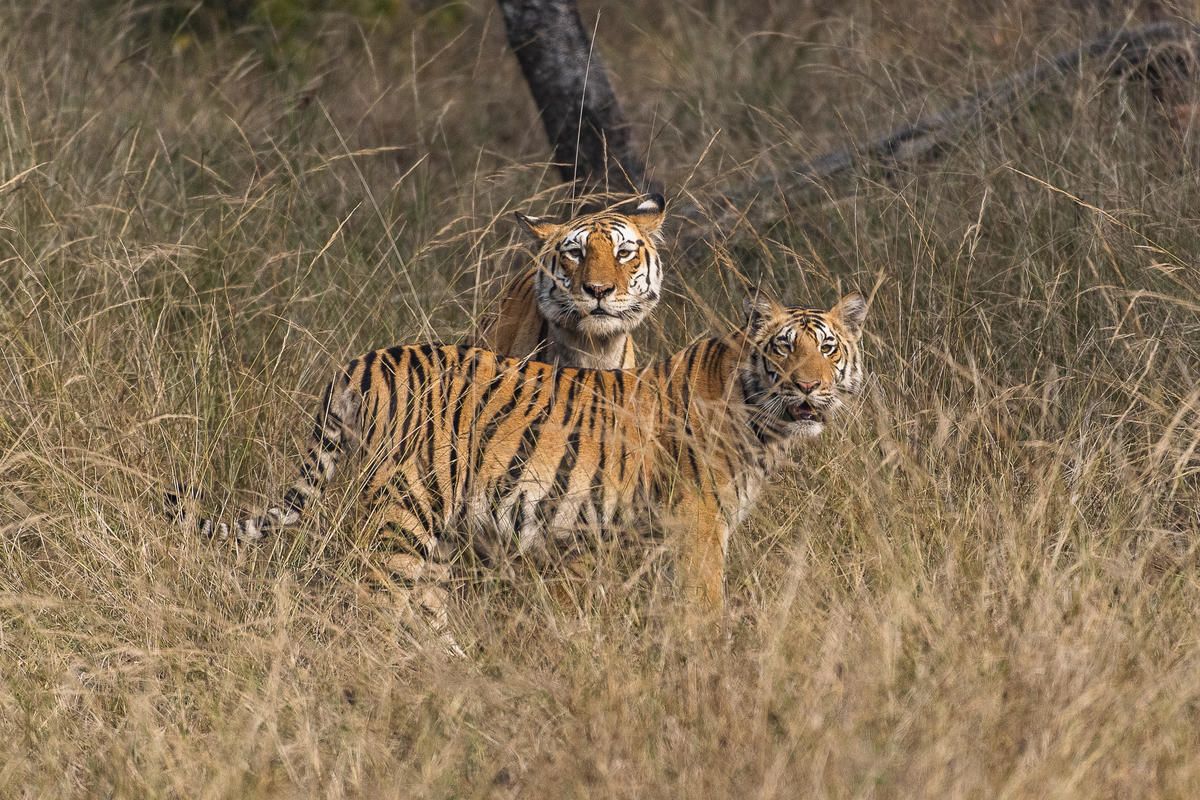10 things you
need to know
happened in the
Year of the Tiger
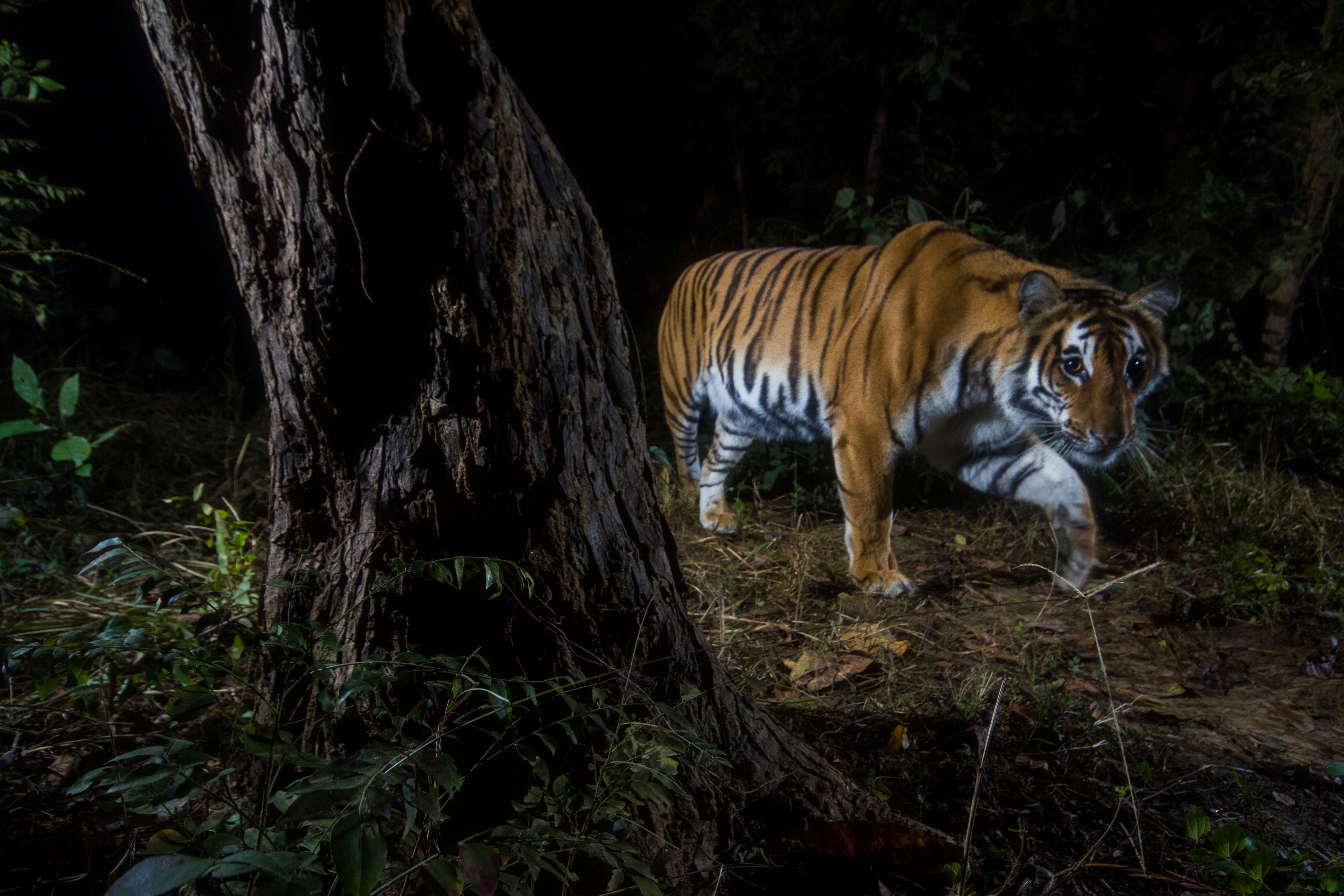
The Year of the Tiger is coming to a close on 21 January 2023. It has been a busy year in the world of tiger conservation with marked progress towards tiger recovery and renewed commitments.
Here are 10 things that happened throughout 2022 that we think you should know about…
1. Tiger NGO Coalition Vision launched to strengthen support for tigers
The six international non-governmental organisations (NGOs), all closely involved with tiger conservation and supporters of the Global Tiger Recovery Program, came together and co-created a vision document to share with the tiger range countries and other members of the Global Tiger Initiative to kick start the thinking for possible high level goals for the next Global Tiger Recovery Programme 2022-34. The vision Securing a Viable Future for the Tiger launched at the start of the Year of the Tiger in February 2022.
As a group of NGOs that has worked for many years with partners to conserve tigers, our Vision is for a long-term presence of viable and ecologically functional populations of wild tigers secure in protected habitats, with representation and links across their indigenous range, respected and valued by neighbouring human communities and beyond, a magnificent symbol of nature in all its beauty, complexity and wonder for future generations.
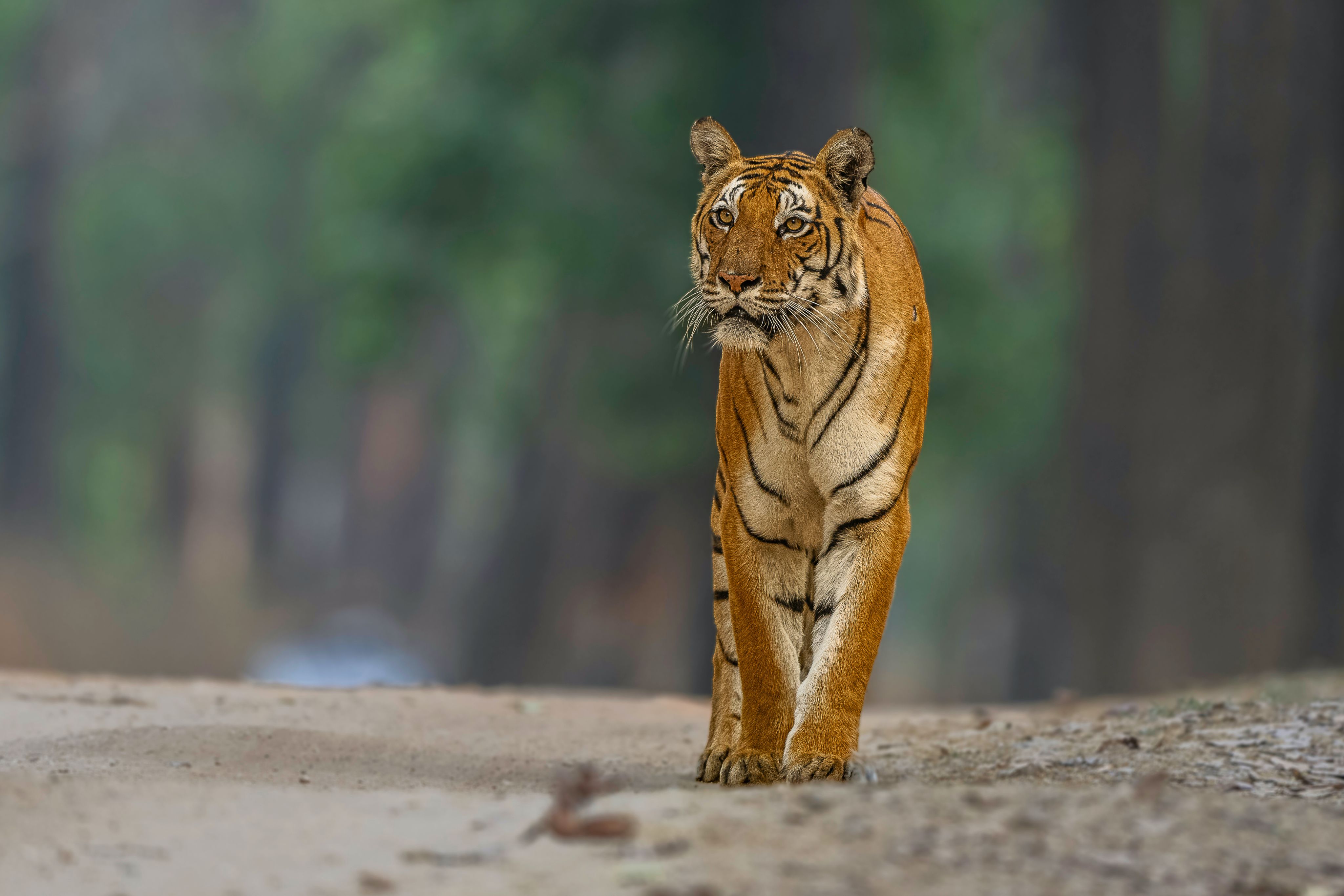
2. WWF & TRAFFIC highlight the snaring crisis of Asian big cats across Asia
A new briefing document from WWF and TRAFFIC revealed distressing evidence of documented snaring cases involving a minimum of 387 big cats (tigers, leopards, snow leopards and Asiatic lions) across seven Asian countries, with a majority of cases documented outside protected areas.
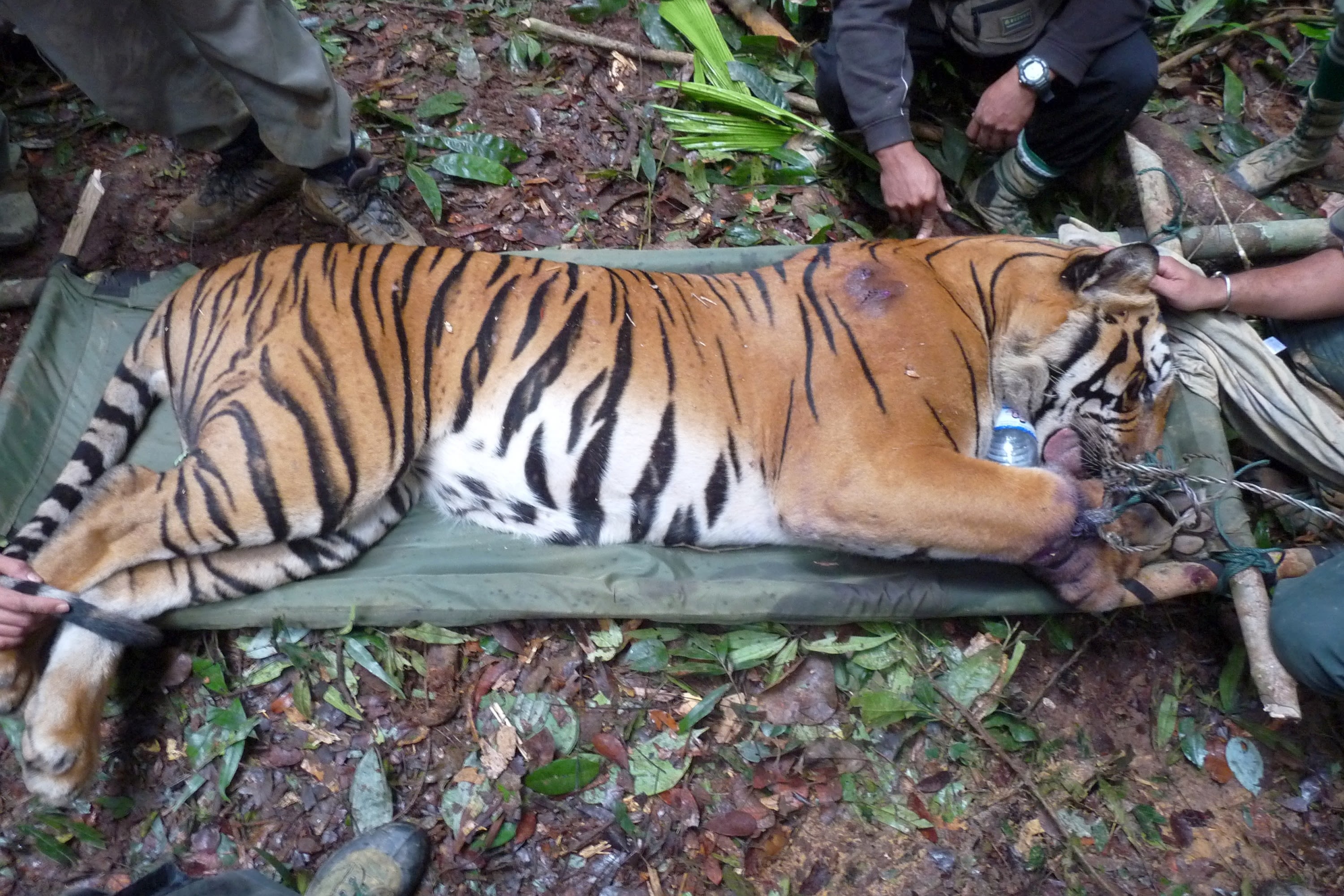
A snared tiger being rescued by personnel from Malaysia’s Department of Wildlife and National Parks. It was discovered by one of WWF-Malaysia's patrol teams in a snare set by local poachers. © WWF-Malaysia / Lau Ching Fong
A snared tiger being rescued by personnel from Malaysia’s Department of Wildlife and National Parks. It was discovered by one of WWF-Malaysia's patrol teams in a snare set by local poachers. © WWF-Malaysia / Lau Ching Fong
During the Year of the Tiger WWF and TRAFFIC called on governments across the Asian big cat range to prioritise inclusive actions that can adequately address the principal threat of snaring. WWF and TRAFFIC will continue to advocate for tougher laws to prevent snaring of big cats across Asia.
3. New WWF study finds potential for tiger range expansion
What does losing 95% of your home range look like? That’s the reality for wild tigers across Asia which are reduced to just 5% of their historic range.
This map shows the historic tiger range, the current tiger range and the potential future tiger range according to the data in WWF’s Restoring Asia's Roar: Opportunities for tiger recovery across their historic range report.
This map shows the historic tiger range, the current tiger range and the potential future tiger range according to the data in WWF’s Restoring Asia's Roar: Opportunities for tiger recovery across their historic range report.
During the Year of the Tiger new data was released by WWF that shows reversing this decline in habitat is possible. The study estimates there’s potential for the current tiger range to expand by an additional 1.7 million km2. Not only is this great news for tigers, but for other wildlife too which benefit from the protection tiger landscapes provide.

Youth delegates at the virtual International Tiger Youth Summit.
Youth delegates at the virtual International Tiger Youth Summit.
4. International Tiger Youth Summit
In July of 2022 young tiger protectors from across the world came together at the second International Tiger Youth Summit, hosted by WWF and featuring Her Majesty Queen Jetsun Pema Wangchuck of Bhutan. During the event the youth delegates drafted a ‘Youth recommendation for the future of tiger conservation’. This declaration highlights crucial actions recommended by the delegates to three key stakeholders: government, communities, and individuals.
Youth today are the change makers of tomorrow, and we can’t wait to see what these young tiger champions do next!
5. Nepal reaches TX2 by nearly tripling tiger population since 2010
On Global Tiger Day the government of Nepal announced that the country had successfully more than doubled its wild tiger population!
Quickly rewind to 2009 and Nepal had a wild tiger population of roughly 121 individuals and tiger populations were decreasing. Determined to restore Nepal’s roar, the country joined the global commitment to doubling their wild population, known as TX2, by 2022 - the next Year of the Tiger. Here we are 12 years later and Nepal has proven that with political will and the right conservation measures, TX2 is possible.
But the work isn’t over, Nepal is evidence as to why we need robust and measurable goals focusing on living with tigers and range expansion in the next Global Tiger Recovery Programme 2022-2034 in order to ensure the future of this iconic big cat.
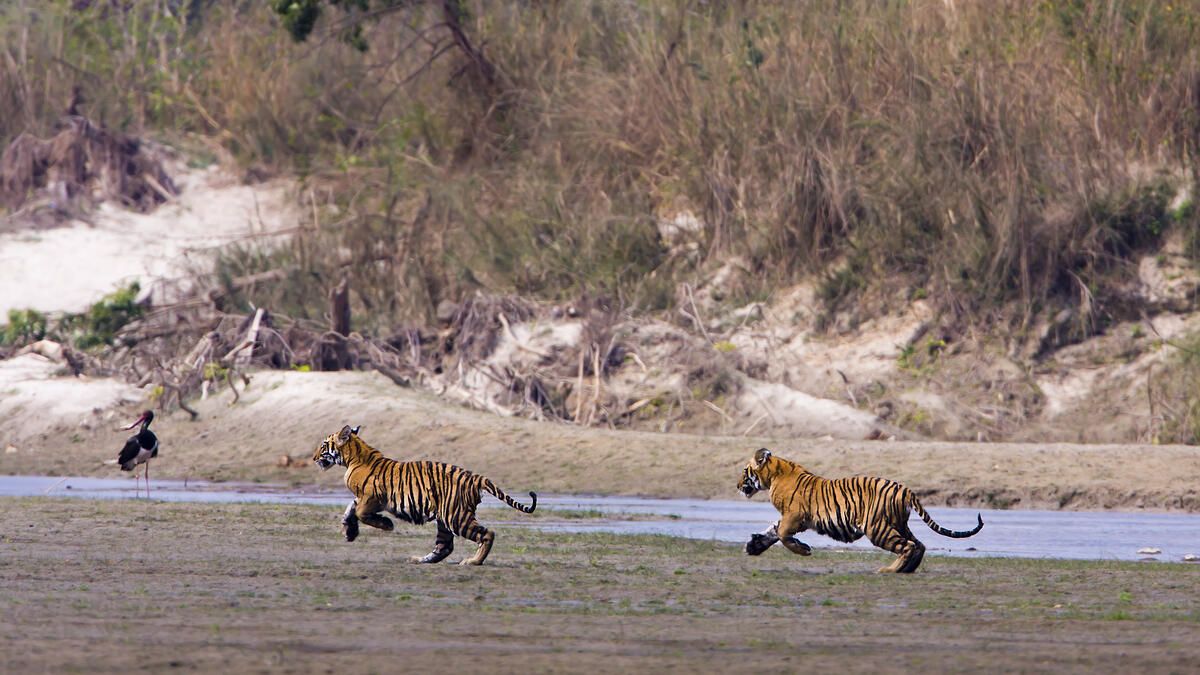
Two tiger cubs (Panthera tigris) run together in Bardia National Park, Nepal. © Shutterstock / PACO COMO / WWF-International
Two tiger cubs (Panthera tigris) run together in Bardia National Park, Nepal. © Shutterstock / PACO COMO / WWF-International
6. Malaysia records tigress and four cubs on camera trap

Deep within the jungles of Malaysia prowl the last remaining tigers, and with fewer than 150 individuals, tigers here are on the brink of extinction. So imagine their surprise and joy when tiger conservationists at WWF-Malaysia captured this image of a tigress with four cubs on a camera trap!
This exciting discovery during the Year of the Tiger has come at a much needed time, as efforts in the country have been ramped up to secure a future for the tiger. In early 2023 a national Tiger task Force was established, chaired by the Prime Minister, and increased investment has been allocated by the government for ranger and protection of key tiger sites.
Watch the video below 👇
© WWF-Malaysia / PSPC
© WWF-Malaysia / PSPC
7. Living with tigers in a fast changing world
Urban sprawl is growing. The squeeze on space and resources has pushed tigers into isolated islands of habitat. The result? 46.7 million people are now living alongside tigers. It's a figure that brings into sharp focus a now urgent question: what needs to be done to make sure humans and tigers coexist now, and far into the future?
During the Year of the Tiger, WWF released the Living with Tigers report that advocates the need for more and better human-tiger coexistence strategies and policies that give those living with tigers more ownership of, involvement in, and benefits from conservation.

Pilibhit Tiger Reserve, Uttar Pradesh, India, Terai Arc Landscape. Here the growing tiger population has begun to attract tourists to the area, as locals are encouraged to open up hotels and restaurants to help boost the local economy and support for tiger conservation. © Jitender Gupta / WWF-International
Pilibhit Tiger Reserve, Uttar Pradesh, India, Terai Arc Landscape. Here the growing tiger population has begun to attract tourists to the area, as locals are encouraged to open up hotels and restaurants to help boost the local economy and support for tiger conservation. © Jitender Gupta / WWF-International
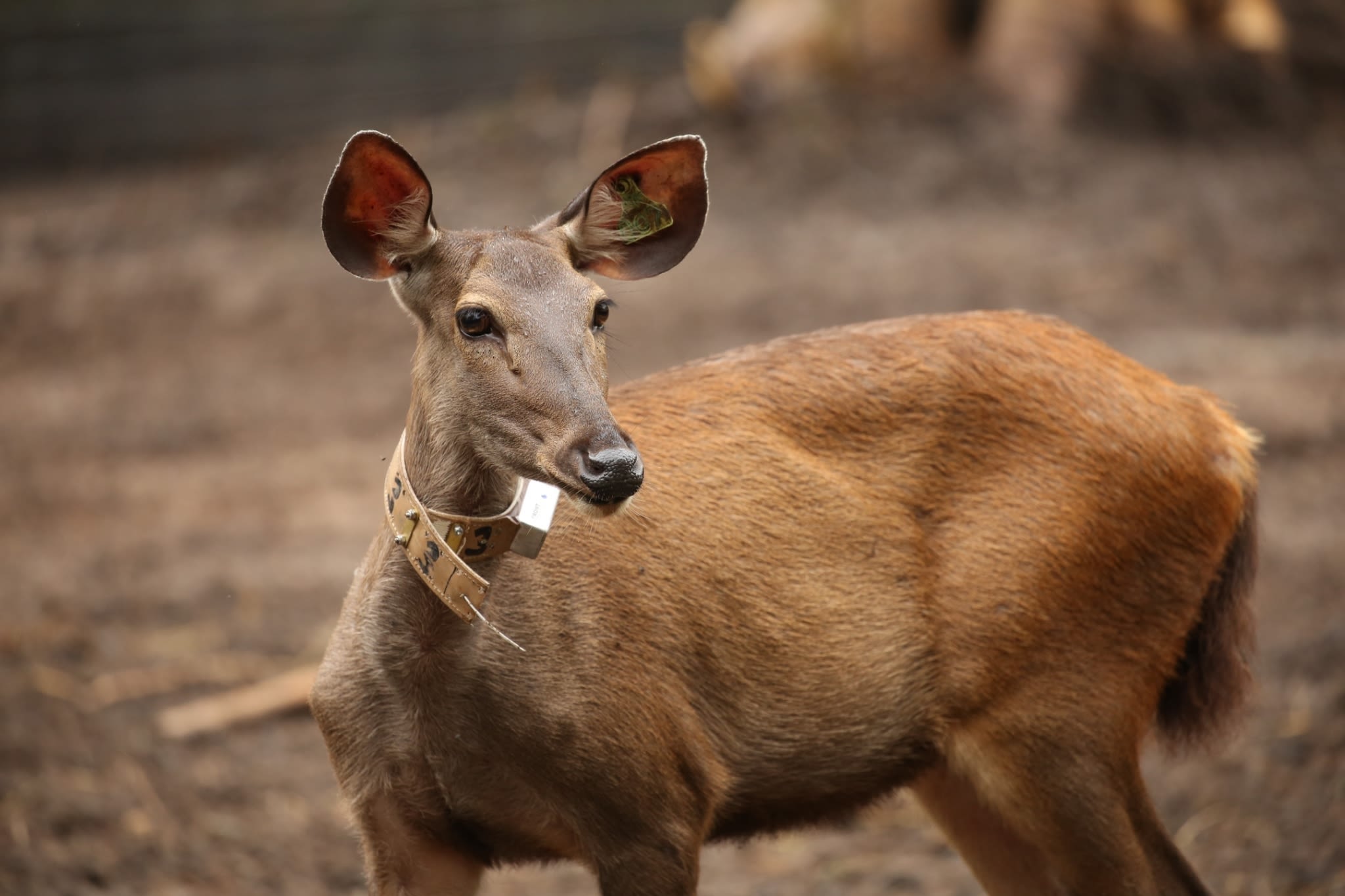
Sambar deer, key tiger prey, are being released into Thailand’s Mae Wong National Park in an effort to boost their population. © Worrapun Phumanee / DNP / WWF-Thailand
Sambar deer, key tiger prey, are being released into Thailand’s Mae Wong National Park in an effort to boost their population. © Worrapun Phumanee / DNP / WWF-Thailand
8. Thailand reintroduces Sambar deer in an effort to boost tiger populations
Sambar deer are the ideal prey for tigers in Thailand but in many places their populations are too low to support an increase in tiger populations.
During 2022 in an effort to boost sambar deer populations, and eventually tigers, Thailand’s government with the support of partners such as WWF-Thailand, released more than 40 sambar deer into Mae Wong National Park. At the release site and in other areas of Mae Wong National Park, WWF-Thailand is restoring grasslands and creating artificial saltlicks to ensure that deer populations have enough resources to thrive. The goal is to provide healthy habitats that will increase sambar deer populations leading to an increase in wild tiger populations.
9. Global tiger populations continue to increase
The International Union for Conservation of Nature (IUCN) announced during the Year of the Tiger that global tiger populations have increased from an estimated 3,200 in 2010 to 3,726 - 5,578 tigers with an average of 4,500. Since the update Nepal has announced new national tiger population estimates and Bhutan and India are expected to release their updated national tiger estimates later in 2023.
While tiger populations are still declining in Southeast Asia, this positive news gives us hope that tigers can be brought back from the brink of extinction under the right conditions.
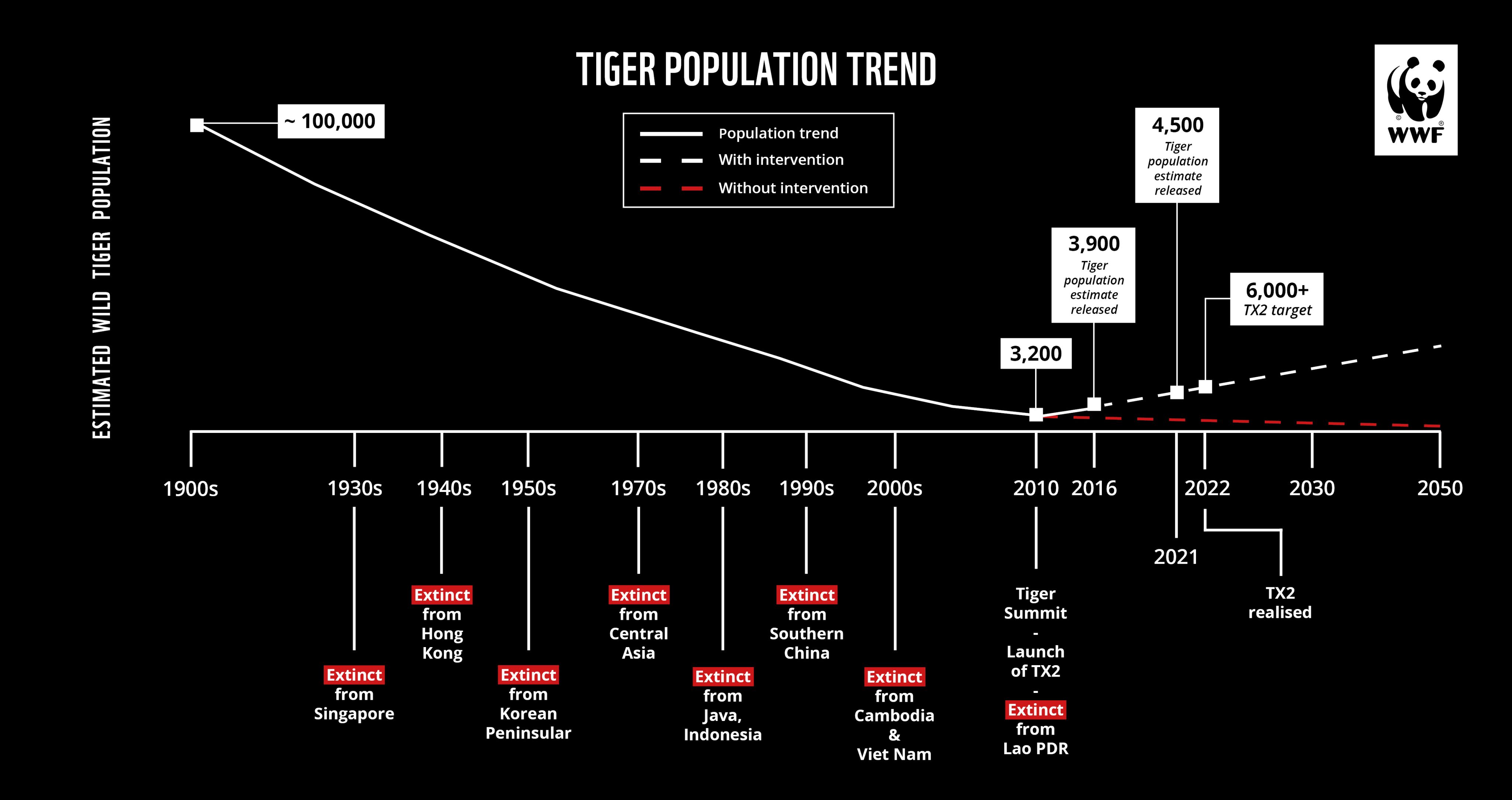
While tiger populations are still declining in Southeast Asia, this positive news gives us hope that tigers can be brought back from the brink of extinction under the right conditions.
10. Celebrating tiger recovery success at key sites
10. Celebrating tiger recovery success at key sites
There are some incredible areas and reserves that are really making a difference in the ambition to double wild tigers. To recognise these achievements WWF and partners annually award the TX2 Awards to sites in Asia which have made notable progress in tiger conservation. In 2022, the adjoining Pench Tiger Reserves in Madhya Pradesh and Maharashtra, India, received the TX2 Award for their efforts in double wild tiger populations in these tiger reserves. A second award, the Conservation Excellence Award, which celebrates high quality management of reserves was awarded to nearby Satpura Tiger Reserve also in the Central India Tiger Landscape.
